(Backbeat Books)
Author: Eric Davidson
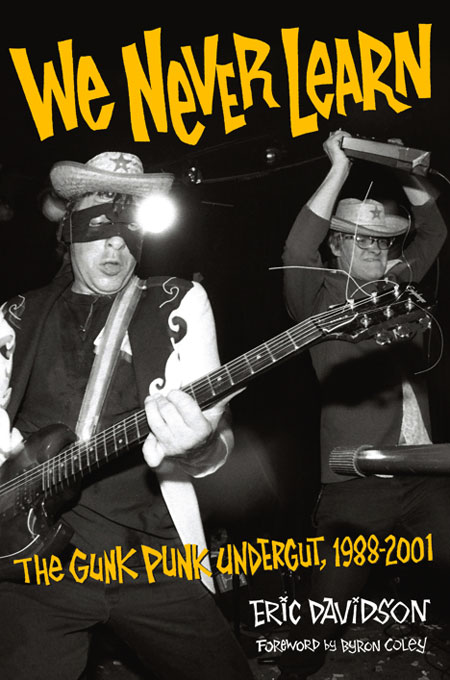 Rock and roll has been heavily documented over the years in various books, documentaries and films covering the golden years, the champagne-tinged glitz and glamour, branded airplanes, piles of cocaine and fame hungry groupies but never before has a book covered the filthy underground rock and roll scene that was spawned in the 90’s as the anti-heroes of the bands that were being played on mainstream radio stations like in We Never Learn.
Rock and roll has been heavily documented over the years in various books, documentaries and films covering the golden years, the champagne-tinged glitz and glamour, branded airplanes, piles of cocaine and fame hungry groupies but never before has a book covered the filthy underground rock and roll scene that was spawned in the 90’s as the anti-heroes of the bands that were being played on mainstream radio stations like in We Never Learn.
Written by Eric Davidson, the vocalist of the amazing garage punk band New Bomb Turks, We Never Learn delves heavily into the underground music scene that was completely ignored as major labels signed a plethora of much shinier acts such as Nirvana, Green Day, Sonic Youth, Hole, The Pixies and many others whose music was judged poppy enough to make the likes of Interscope, Warner Brothers, MCA and co a tidy profit. Whilst these bands were breaking, the garage punk scene that were influenced by The Stooges, MC5, The Cramps and various bands featured on Nuggets compilations was petering away in shitty venues all over the US, bringing their own combination of rock, blues, punk and sludge to a dedicated scene who wanted it raw.
Davidson’s version of events that were recorded throughout 1988-2001 explains the DIY aspect of how dedicated individuals obsessed with this scene released 7”s and promoted shows for the bands that were willing to tour on shoe string budgets for the hell of it. Those bands included in this retrospective include The Lazy Cowgirls, The Dwarves, The Mummies, Rocket From The Crypt, Jon Spencer, Royal Trux, Zeke, Gories, Devil Dogs, Oblivians, Teengenerate, Supercharger, Billy Childish, Reverend Horton Heat, Rip Offs and many many more, these were the bands that could go on stage and bring sleaze just as well as their contemporaries in the 50’s and 60’s but they brought their own venomous, punk vibe to the 90’s that will probably never be repeated again.
Davidson’s view as a band member singing in the middle of this scene and writing for fanzines makes this book special and he shares the history of this decade backed up by observations from various band members and record label owners that lived for the buzz of what was snowballing in the underground. This includes the tales of fun and woe from the founders of Amphetamine Reptile Records, Sympathy for the Record Industry, In The Red and of course the infamous Crypt label whose compilations bore the very best out there. Honest, positive and negative recollections fill every page so expect hilarious stories, some bitching and general facts about how this scene kept going whilst the mainstream pumped out the likes of the Offspring to the new generation of kids who opted for a glossier form of what we call ‘punk’.
This was a golden time for music, where fanzines and Peel Sessions were where we found new bands. There was no internet back then, no illegal downloading, just reviews of bands that you would order on 7” vinyl that would turn up on your doorstep 3 weeks later from America accompanied by stickers, a personal thank you letter and a feeling that you certainly don’t get by ordering from a computer these days. A trip to the local record shop was the most important part of the week alongside skateboarding but that has declined over the years now that the ‘punk’ scene has sold out to corporate brands, fashion magazines and energy drink companies. The computer age in 2011 has killed this special way of collecting music so I’m personally very happy about the fact I was around when this was all going down and the beauty of this book is that it captures this part of musical history so well.
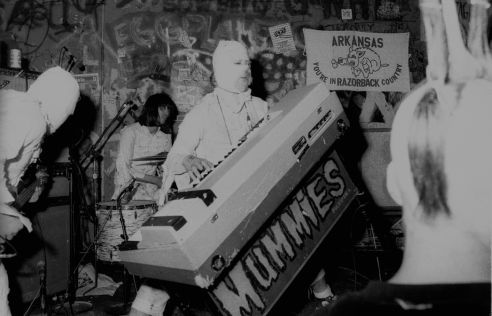 Due to the explosion of music on the web in 2003 we are now smothered in bands, which arguably could be a positive factor as our ears are always filled with new music, but with record sales diminishing faster than the Middle East’s old school dictatorships and people ripping bands off daily by not supporting them or their record labels, the garage punk scene of which is so fantastically covered in this book is one of the last real punk scenes of our time. It influenced some of the bands that buzz on the underground such as the Reigning Sound, Black Lips and King Khan and BBQ/Shrines but it also produced some of the biggest names such as The Hives, The Strokes and of course, The White Stripes who formed directly from this scene and feature heavily at the end of this book when it ends at the year 2001. Their first 2 albums were released on Sympathy until they left on bad terms with the people that had paved their way for them to hit the mainstream. The news of them breaking up last month would have been music to the ears of producer Jim Diamond who tells his side of the story of the lawsuits and corporate bullying from White once the duo hit the big time in this book. It’s a compelling end to what will probably be the only book written about what happened in the 90’s on the underground garage scene.
Due to the explosion of music on the web in 2003 we are now smothered in bands, which arguably could be a positive factor as our ears are always filled with new music, but with record sales diminishing faster than the Middle East’s old school dictatorships and people ripping bands off daily by not supporting them or their record labels, the garage punk scene of which is so fantastically covered in this book is one of the last real punk scenes of our time. It influenced some of the bands that buzz on the underground such as the Reigning Sound, Black Lips and King Khan and BBQ/Shrines but it also produced some of the biggest names such as The Hives, The Strokes and of course, The White Stripes who formed directly from this scene and feature heavily at the end of this book when it ends at the year 2001. Their first 2 albums were released on Sympathy until they left on bad terms with the people that had paved their way for them to hit the mainstream. The news of them breaking up last month would have been music to the ears of producer Jim Diamond who tells his side of the story of the lawsuits and corporate bullying from White once the duo hit the big time in this book. It’s a compelling end to what will probably be the only book written about what happened in the 90’s on the underground garage scene.
We Never Learn is a must read for all who collected records and attended shows throughout this period and it’s also a wonderful insight into a scene that you will probably not witness again if you are unfortunate enough to be born in the last 20 years. Discover it today via this book as you will not be disappointed.
Zac
If you like this then look for these 3 titles: Please Kill Me (book), American Hardcore (DVD), Our Band Could Be Your Life (book)
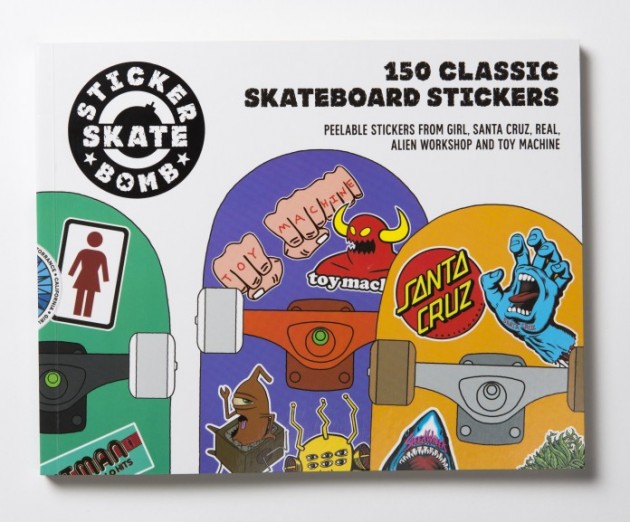
![sticker-bomb-skate-150-classic-skateboard-stickers-was-27-now-14-[4]-38280-p](http://www.caughtinthecrossfire.com/uploads/2016/03/sticker-bomb-skate-150-classic-skateboard-stickers-was-27-now-14-4-38280-p-630x420.jpg)
![sticker-bomb-skate-150-classic-skateboard-stickers-was-27-now-14-[3]-38280-p](http://www.caughtinthecrossfire.com/uploads/2016/03/sticker-bomb-skate-150-classic-skateboard-stickers-was-27-now-14-3-38280-p-630x420.jpg)
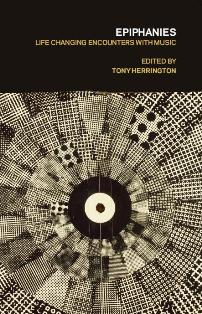
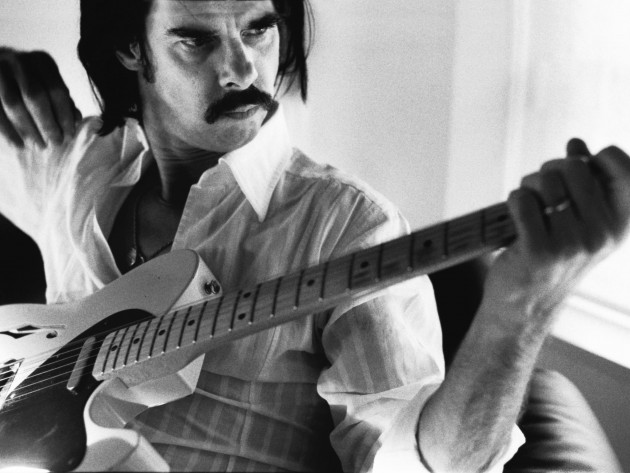
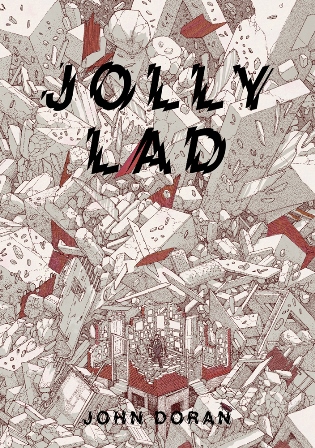
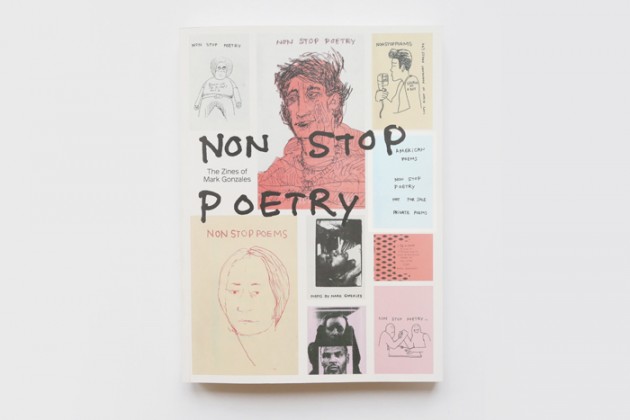
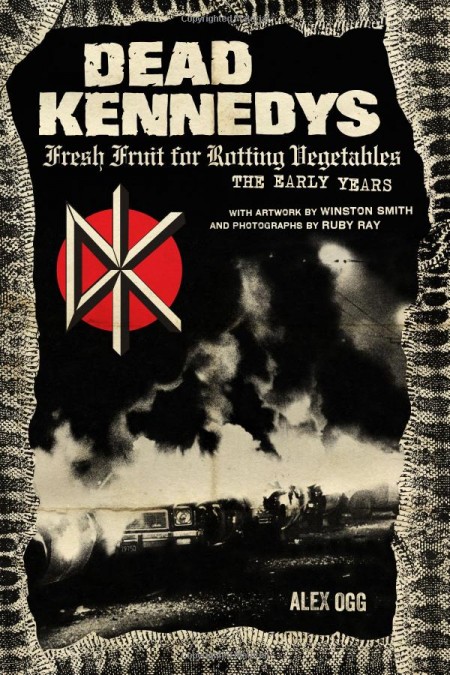 The Ramones’ original drummer Tommy passed away recently, and whilst there’s no argument his band majorly defined the blueprint of what would soon become known as Punk Rock, it was San Francisco’s Dead Kennedys that can claim to have been the most important actual Punk group America produced. Their influence globally was massive.
The Ramones’ original drummer Tommy passed away recently, and whilst there’s no argument his band majorly defined the blueprint of what would soon become known as Punk Rock, it was San Francisco’s Dead Kennedys that can claim to have been the most important actual Punk group America produced. Their influence globally was massive.
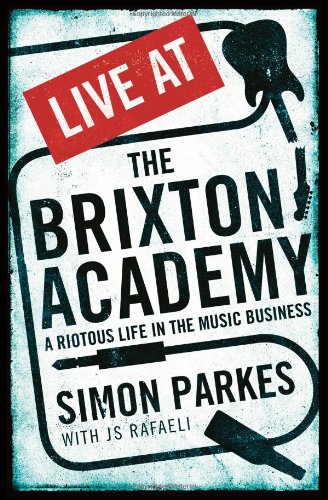 Nowadays there’s an Academy venue to be found in most major UK cities, but it all started with Lincolnshire native Simon Parkes’ acquisition of a dilapidated 1920s former cinema in Brixton, south London, in 1983. If you’re wondering why Parkes chose the name ‘Academy’, the truth is that it came to him in a random flash of inspiration, not long after he cannily persuaded the building’s former owners to sell him the lease for just one pound. Yep, this man had serious balls, and they were to be tested many a time over the next decade and a half.
Nowadays there’s an Academy venue to be found in most major UK cities, but it all started with Lincolnshire native Simon Parkes’ acquisition of a dilapidated 1920s former cinema in Brixton, south London, in 1983. If you’re wondering why Parkes chose the name ‘Academy’, the truth is that it came to him in a random flash of inspiration, not long after he cannily persuaded the building’s former owners to sell him the lease for just one pound. Yep, this man had serious balls, and they were to be tested many a time over the next decade and a half. 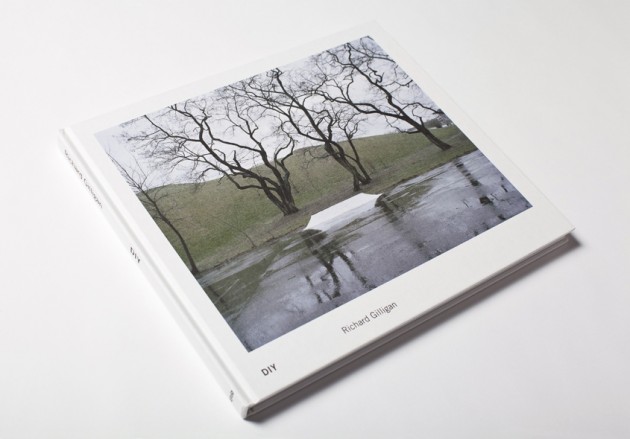

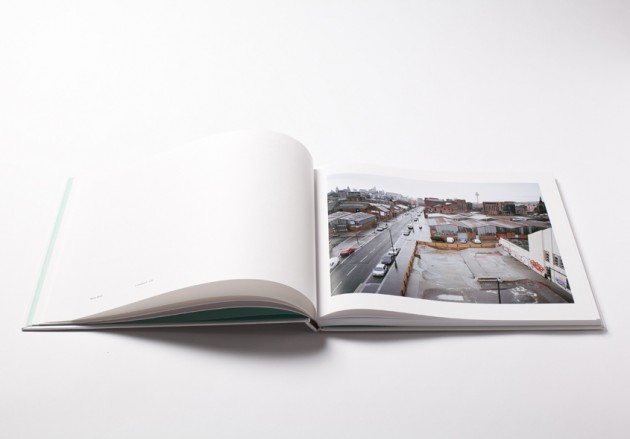
 Rock and roll has been heavily documented over the years in various books, documentaries and films covering the golden years, the champagne-tinged glitz and glamour, branded airplanes, piles of cocaine and fame hungry groupies but never before has a book covered the filthy underground rock and roll scene that was spawned in the 90’s as the anti-heroes of the bands that were being played on mainstream radio stations like in We Never Learn.
Rock and roll has been heavily documented over the years in various books, documentaries and films covering the golden years, the champagne-tinged glitz and glamour, branded airplanes, piles of cocaine and fame hungry groupies but never before has a book covered the filthy underground rock and roll scene that was spawned in the 90’s as the anti-heroes of the bands that were being played on mainstream radio stations like in We Never Learn. Due to the explosion of music on the web in 2003 we are now smothered in bands, which arguably could be a positive factor as our ears are always filled with new music, but with record sales diminishing faster than the Middle East’s old school dictatorships and people ripping bands off daily by not supporting them or their record labels, the garage punk scene of which is so fantastically covered in this book is one of the last real punk scenes of our time. It influenced some of the bands that buzz on the underground such as the Reigning Sound, Black Lips and King Khan and BBQ/Shrines but it also produced some of the biggest names such as The Hives, The Strokes and of course,
Due to the explosion of music on the web in 2003 we are now smothered in bands, which arguably could be a positive factor as our ears are always filled with new music, but with record sales diminishing faster than the Middle East’s old school dictatorships and people ripping bands off daily by not supporting them or their record labels, the garage punk scene of which is so fantastically covered in this book is one of the last real punk scenes of our time. It influenced some of the bands that buzz on the underground such as the Reigning Sound, Black Lips and King Khan and BBQ/Shrines but it also produced some of the biggest names such as The Hives, The Strokes and of course, 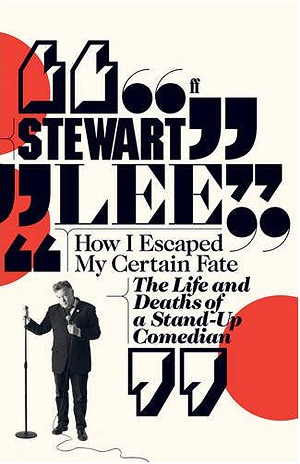 Stewart Lee is a comedian. A very marvellous comedian. His recent BBC2 series, Stewart Lee’s Comedy Vehicle, shuffled him closer into public view with its low-key combination of stand-up and sketches. It was the culmination of several years of building up a discerning audience of people who understood and appreciated his work. Prior to this, engulfed by disillusionment and apathy, Lee had left stand-up in 2001. This book follows his efforts at re-entry into a career that now has him praised and acclaimed as one of the most challenging and original comics working today.
Stewart Lee is a comedian. A very marvellous comedian. His recent BBC2 series, Stewart Lee’s Comedy Vehicle, shuffled him closer into public view with its low-key combination of stand-up and sketches. It was the culmination of several years of building up a discerning audience of people who understood and appreciated his work. Prior to this, engulfed by disillusionment and apathy, Lee had left stand-up in 2001. This book follows his efforts at re-entry into a career that now has him praised and acclaimed as one of the most challenging and original comics working today.